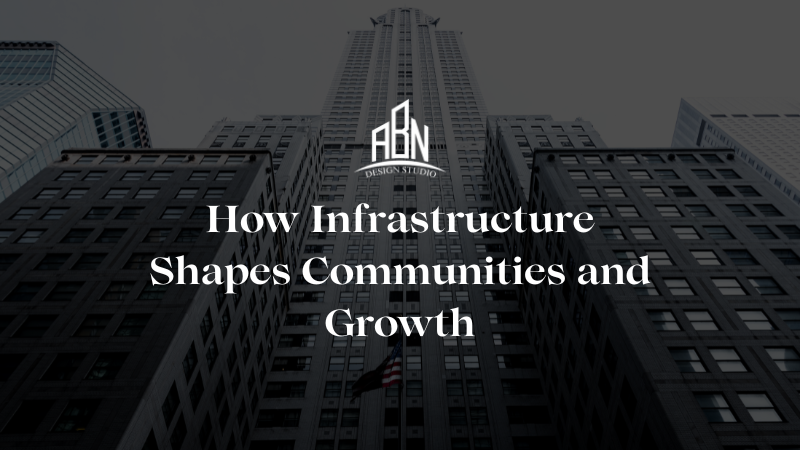How Infrastructure Shapes Communities and Growth
- Dave B
- Jun 17
- 2 min read

In every thriving society, the invisible backbone of progress is its infrastructure. From roads and bridges to digital networks and public transit, well-planned government infrastructure projects do more than just connect places—they connect people, ideas, and opportunities.
The Role of Government Infrastructure Projects in Nation-Building
Government infrastructure projects are more than just construction efforts—they are long-term investments in a nation’s social and economic well-being. These initiatives are often funded and executed by the public sector to address large-scale needs such as:
Transportation systems (highways, railways, airports)
Public utilities (water supply, sanitation, power grids)
Healthcare and education facilities
Digital infrastructure (broadband, 5G, smart cities)
By improving accessibility and quality of life, these projects lay the groundwork for stronger communities and more inclusive growth.
Economic Growth Rooted in Infrastructure
A well-developed infrastructure ecosystem accelerates economic development in several ways:
Boosts employment during construction and operations
Improves logistics and supply chains, supporting industries and commerce
Attracts investment from both domestic and international entities
Reduces regional disparities, fostering balanced urban-rural development
For example, when a government builds a highway connecting remote towns to a major city, it not only shortens travel time—it also opens doors for small businesses, tourism, and real estate development.
How Infrastructure Shapes Community Life
Beyond the numbers and economics, infrastructure deeply influences how people live:
Urban Planning & Mobility: Projects like metro systems and walkable city designs encourage healthier lifestyles and reduce traffic congestion.
Social Integration: Public parks, schools, and libraries act as hubs for interaction, learning, and social cohesion.
Resilience: Smart infrastructure with climate-ready designs ensures sustainability and protection against natural disasters.
These benefits are especially significant when projects prioritize community needs and environmental impact alongside efficiency and innovation.
Digital Infrastructure: A New Frontier
Modern infrastructure isn't limited to concrete and steel. Government infrastructure projects now include:
Fiber-optic internet in rural zones
Smart grids for efficient power management
IoT-based waste management and traffic control
These advancements foster digital inclusion, education access, remote working, and digital entrepreneurship, particularly vital in today’s knowledge-driven economy.
Conclusion: Building for the Future
Infrastructure is more than development—it's transformation. Each government-led project has the potential to reshape a neighborhood, uplift a population, and set a course for sustainable progress. For a country to thrive, investments in government infrastructure projects must be visionary, inclusive, and responsive to the evolving needs of its people.
As we look toward the future, communities that prioritize infrastructure not only build roads and bridges—they build possibilities. Email: dave@abndesignstudio.com Website: abndesignstudio.com



Comments